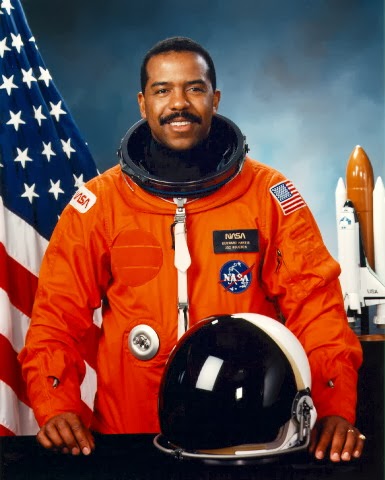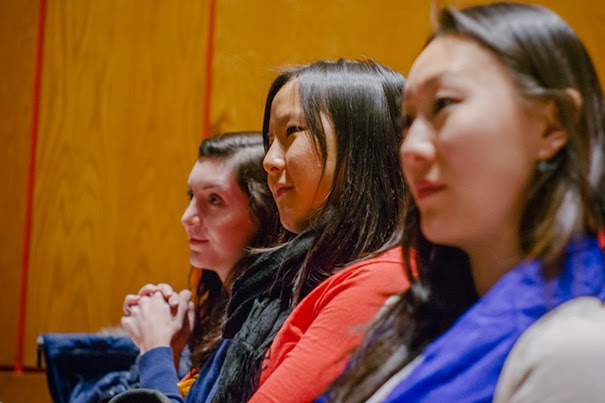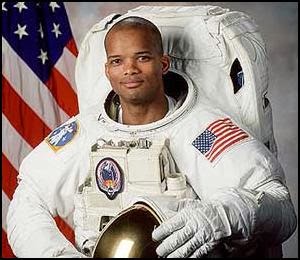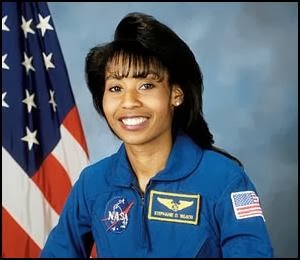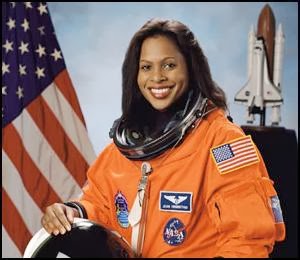This focus on looks at the physics PhD production in the U.S. It presents trend data on the number of physics PhD awarded in the U.S. including data on citizenship, women, and minorities. It also includes data on time to degree, subfield of dissertation, and general satisfaction with degree. This report presents findings from the AIP annual survey of Enrollments and Degrees and the Degree Recipient Follow-up Survey.
The number of physics PhDs awarded in the U.S. continued to climb with the class of 2012 reaching a new high. The 1,762 physics PhDs awarded in the class of 2012 represented a 4% increase over the previous year and a 62% increase from a recent low 8 years earlier.
The representation of women at the PhD level has reached an all-time high in the class of 2012. In the class of 2012, 20% of the physics PhDs were earned by women, this is up from 13% 11 years earlier. This increase along with a growth in the overall number of physics PhDs awarded has resulted in a sharp increase in the number of women receiving degrees. Women earned 354 of the physics PhDs in the class of 2012, up from only 153 in 2001 (a 131% increase).
The proportion of non-U.S. citizens earning physics PhDs who are women is higher than for U.S. citizens. Women comprised 23% of the non-U.S. citizens in the class of 2012 and 17% of the U.S. citizens.
Hispanic Americans and African Americans continue to be under represented among physics PhD recipients when compared to 26 - 35 year olds in the U.S. population. The number of Hispanic Americans and African Americans earning physics PhDs averaged 28 and 17 degrees respectively for the classes of 2010 through 2012. Of the 195 departments that offered a physics PhD in 2012, 4 were located at an Historically Black College and University (HBCU). These 4 departments were responsible for one-third of the PhDs earned by African Americans in the classes of 2010 through 2012.
American Institute of Physics: Trends in Physics PhDs,
Patrick J. Mulvey and Starr Nicholson
